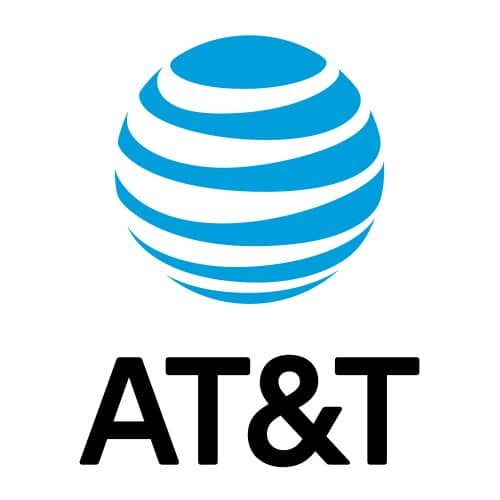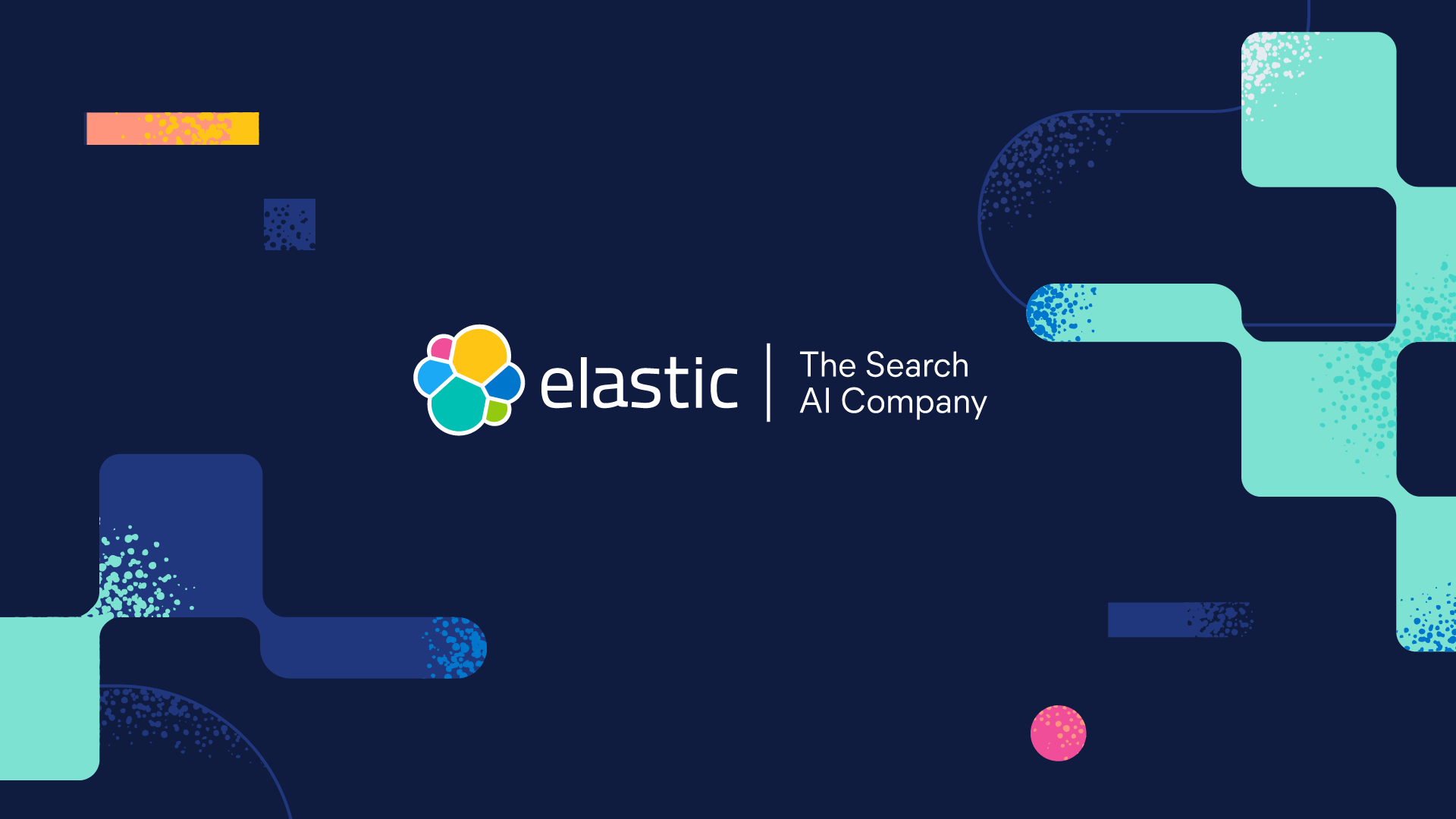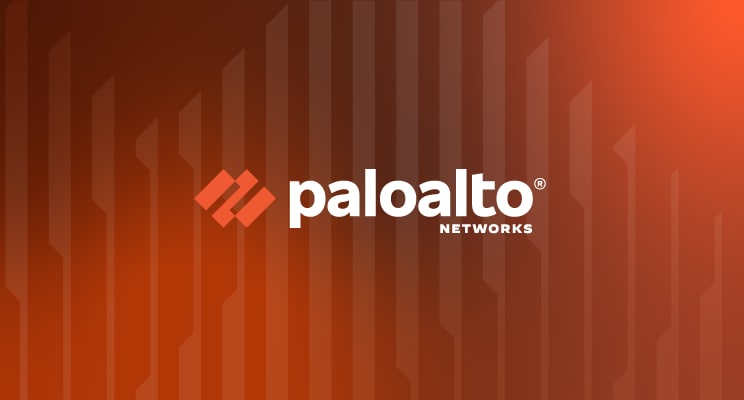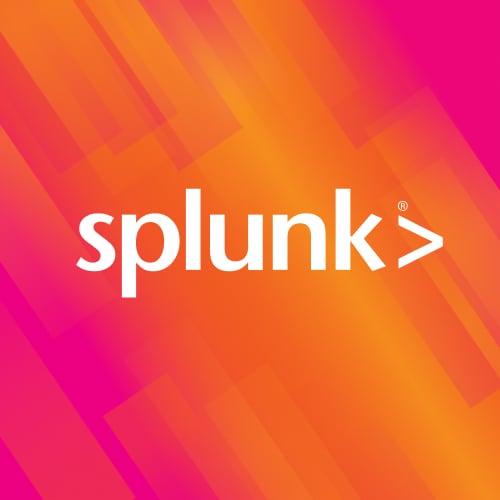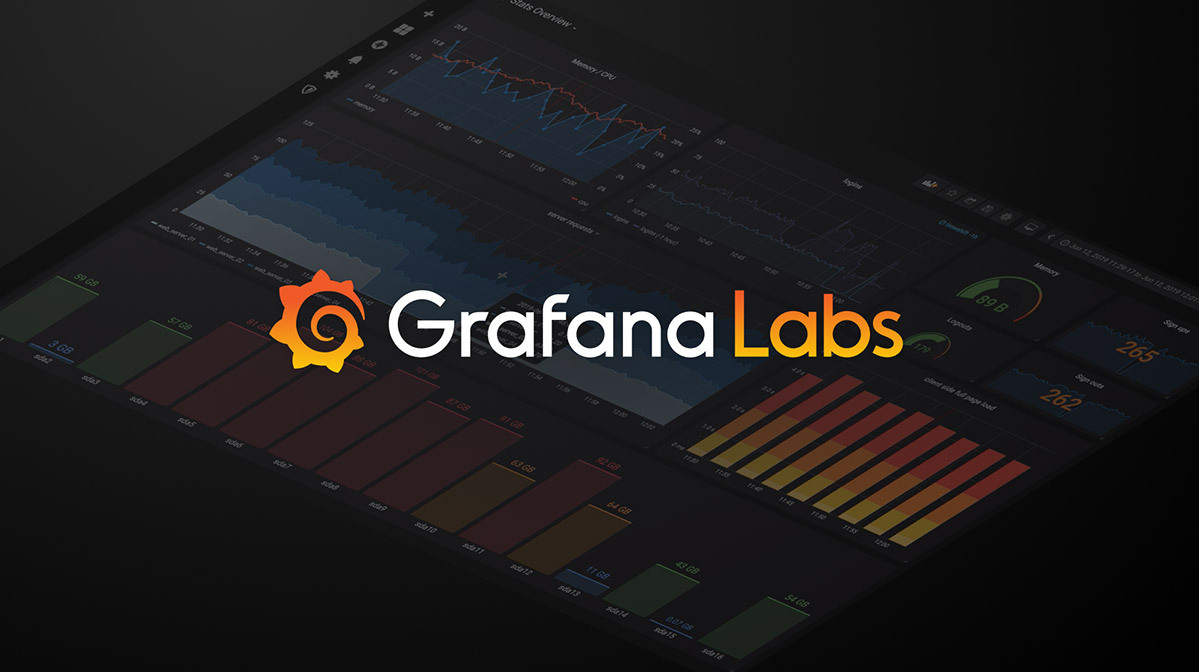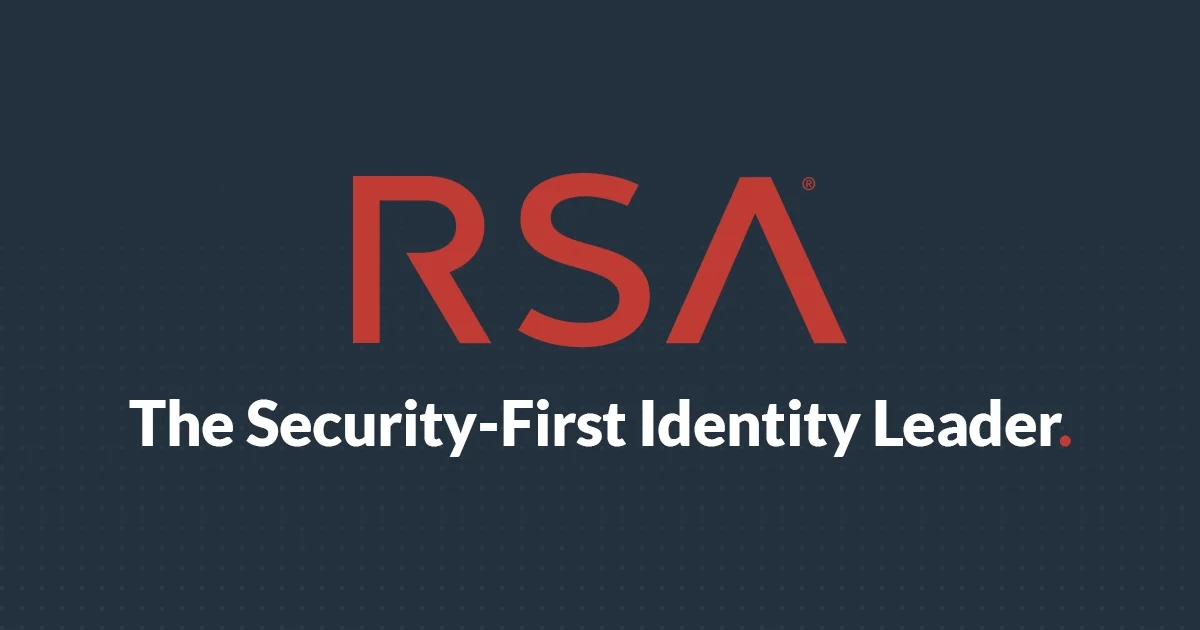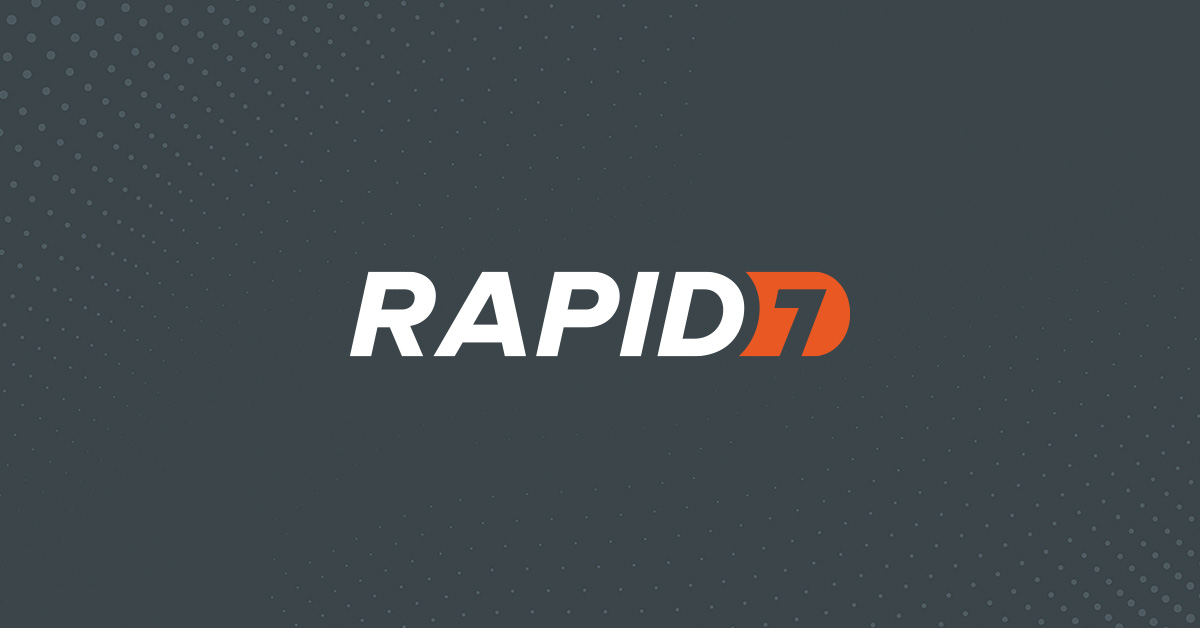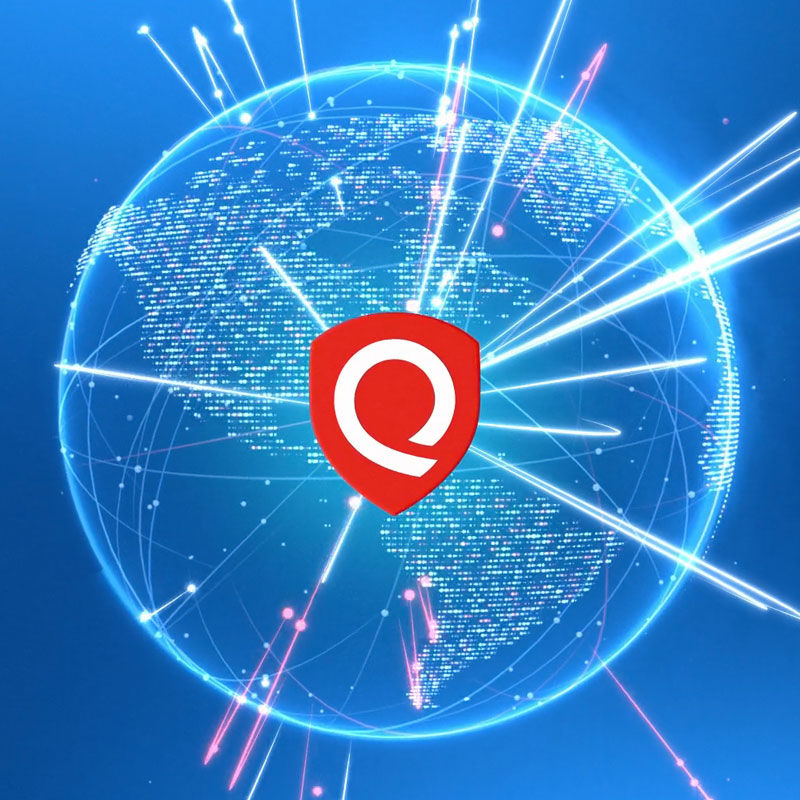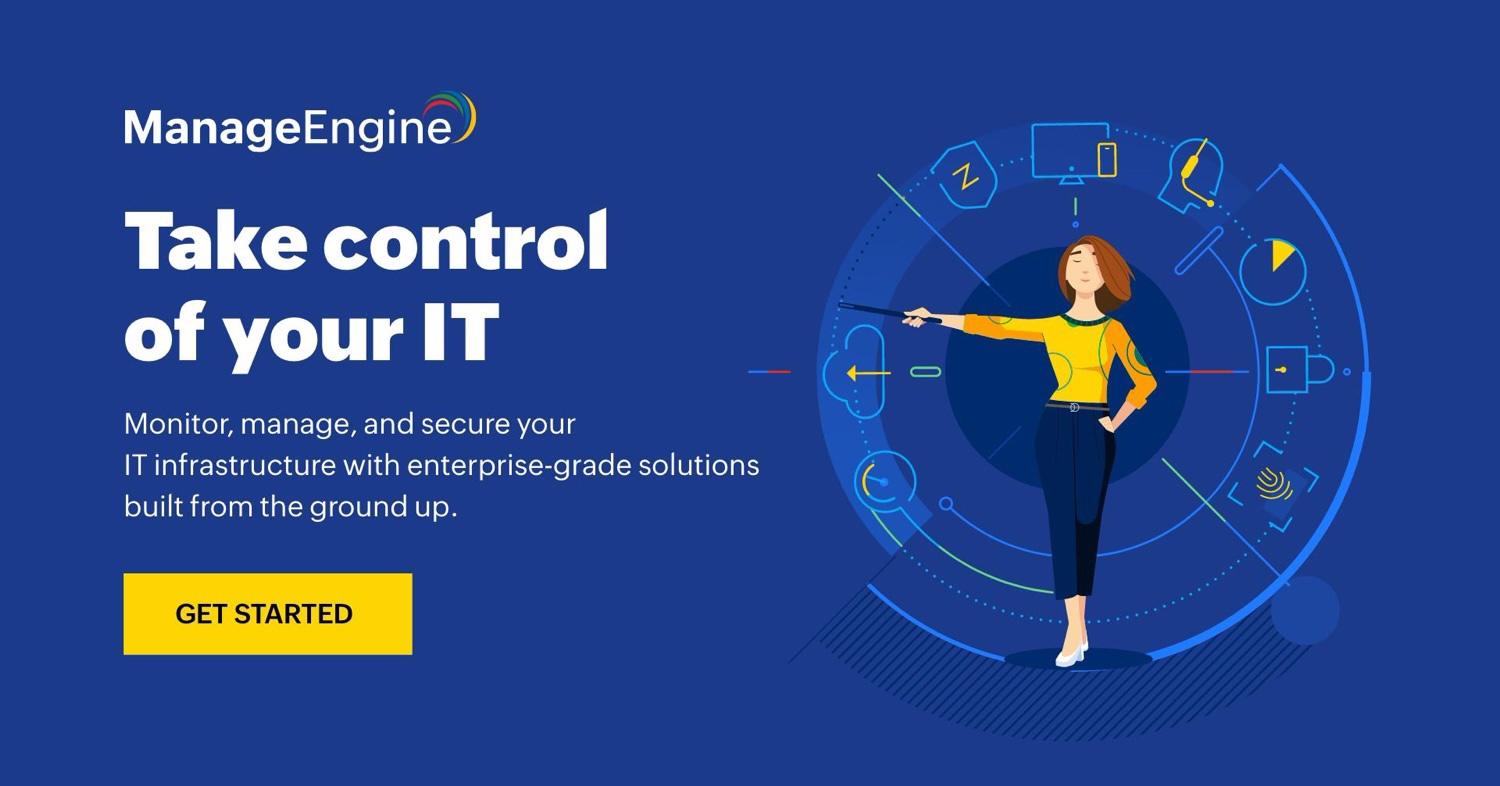Introduction
As cyber attacks continue to grow in frequency and severity, security information and event management (SIEM) has become a critical component of modern security operations. A SIEM solution centralizes log data from across an organization’s IT infrastructure, enabling security teams to more easily detect anomalies, investigate threats and automate response. This article analyzes the top 15 SIEM vendors based on their capabilities and popularity to help readers identify the best options for their unique needs and budgets.
Methods of Evaluation
Each vendor is evaluated based on features, pricing, integrations and customer reviews. Additional consideration is given to metrics like number of backlinks, traffic and keyword trends to gauge real-world popularity and mindshare. Backlinks indicate vendor authority while traffic and keywords provide clues to overall market traction and visibility.
1. IBM QRadar
IBM QRadar is a security information and event management (SIEM) software developed by IBM. QRadar provides log management, incident detection, threat visualization and correlation capabilities to help organizations gain visibility into their IT environments and detect security threats. Some key features of QRadar include log management, incident detection, risk analysis and customizable dashboards.
Pros: Some key advantages of IBM QRadar include:
– Strong log management and correlation engine that allows aggregation of logs from diverse environments
– Deep heuristic analysis capabilities for detection of unknown threats and anomalies
– Broad support for devices, operating systems, applications and cloud platforms
Cons: One potential disadvantage is that QRadar requires significant computing resources to analyze large volumes of log data and may not be suitable for very small organizations with limited IT environments.
Pricing: IBM QRadar pricing starts at around $15,000 per year for the basic appliance-based version. Additional costs are incurred based on the number of devices being monitored. Higher-end software versions and cloud deployments are also available with custom pricing.
Some key stats about IBM QRadar include:
– Collects and analyzes logs and events from over 3000 different devices and applications
– Monitors over 1 trillion security events per day for customers
– Has detected over 250,000 network attacks on customer environments
2. VMware Carbon Black
VMware Carbon Black is a leading security information and event management (SIEM) software ideal for modern organizations. As an VMware company, Carbon Black leverages decades of experience in data center security and operations to deliver advanced threat detection and response capabilities.
Pros: Some key advantages of VMware Carbon Black include its focus on endpoint protection through next-gen AV replacement, using behavioral analytics to spot anomalies on endpoints in real-time, and providing rich detection and response workflows to quickly contain and remediate threats.
Cons: One potential disadvantage is that VMware Carbon Black is more focused on endpoint protection compared to some SIEM solutions that offer broader network monitoring and compliance capabilities.
Pricing: Pricing for VMware Carbon Black depends on the number of endpoints but generally starts around $45 per agent for annual subscriptions. Various bundled and enterprise offerings are also available for large deployments.
Some key stats about VMware Carbon Black include protecting over 10 million endpoints globally, analyzing over 1 trillion security events per day, and utilizing machine learning to reduce false positives by up to 90%.
3. AT&T Cybersecurity
AT&T Cybersecurity provides security information and event management (SIEM) software to help organizations gain visibility and control over their IT infrastructure. Their SIEM solution provides centralized monitoring, correlation and analysis of security alerts generated by applications and network hardware.
Pros: Some key advantages of AT&T Cybersecurity’s SIEM software include managed detection and response, 24/7 threat monitoring and alerts from security analysts, and integrated portfolio of solutions that can extend threat visibility across network, cloud, endpoints and mobile devices.
Cons: A potential disadvantage is that the SIEM solution requires additional managed security services to fully leverage its detection and response capabilities, increasing the overall cost of ownership compared to self-managed alternatives.
Pricing: Pricing for AT&T Cybersecurity’s SIEM software is customized based on the number of log sources, number of users and level of management required. Contact AT&T Cybersecurity sales for a personalized quote.
Some key stats about AT&T Cybersecurity’s SIEM software include: centralized logging for over 100 log sources, real-time monitoring of over 1 billion security events per day, out-of-the-box compliance reporting for PCI DSS, HIPAA and other frameworks.
4. McAfee ESM
McAfee ESM is McAfee’s security information and event management (SIEM) software. As an all-in-one SIEM platform from a cybersecurity giant, McAfee ESM offers strong security event collection, correlation and Analytics. It has been in the SIEM market for many years and works well with other McAfee products due to tight integrations.
Pros: Key advantages of McAfee ESM include: Long-standing SIEM platform with many years of ongoing development and support. Good integration with other McAfee security products for an all-McAfee security posture. Strong forensics and investigations capabilities for in-depth security event analysis.
Cons: A potential disadvantage is that McAfee ESM is more tailored towards medium to large enterprises versus smaller businesses or startups due to its scale and pricing.
Pricing: McAfee ESM pricing is based on the number of devices monitored and starts at around $4-$5 per device per month. It also offers usage-based pricing models. Contact McAfee sales for a customized quote.
Some key stats about McAfee ESM include: Monitoring of over 1 trillion security events per day for customers. Support for over 35 integrations out of the box including McAfee solutions, firewalls, endpoint detections and more. Retention of logs and events for up to 3 years to aid in forensics and investigations.
5. BlackBerry
BlackBerry provides intelligent security software and services to organizations around the world. Its flagship product is BlackBerry Cybersecurity powered by Cylance AI, an AI-powered next generation antivirus (NGAV) solution that protects endpoints, networks and data from both known and unknown threats. Using artificial intelligence and machine learning, BlackBerry Cybersecurity analyzes billions of attributes from applications and files to detect and prevent unseen malware and exploits.
Pros: Some of the key advantages of BlackBerry Cybersecurity include: – Unified endpoint protection that consolidates endpoint protection platform (EPP), endpoint detection and response (EDR) and centralized management – Next generation antivirus (NGAV) capabilities that prevent both known and unknown malware like zero-day exploits and advanced persistent threats (APTs) exploiting vulnerabilities – Support for customers to use their existing security information and event management (SIEM) solutions for centralized logging and monitoring.
Cons: One potential disadvantage is that as an AI-powered solution, BlackBerry Cybersecurity requires significant compute resources and regular model updates to analyze huge volumes of data and continuously improve its detection abilities. This may require more backend infrastructure investments compared to signature-based antivirus solutions.
Pricing: BlackBerry Cybersecurity pricing is customized based on the number of endpoints to be protected and the required feature set. It is generally available as an annual subscription with both perpetual and flexible term license options. For specific pricing information, please contact the BlackBerry sales team.
Some key stats about BlackBerry Cybersecurity include: – Protects over 150 million endpoints globally across all major industries – Uses artificial intelligence to analyze over 4.5 trillion attributes daily to detect and block unknown malware – Has blocked over 3.7 billion malware variants that signature-based antivirus would have missed – Supports Windows, Mac, Linux, iOS and Android operating systems.
6. Elastic
Elastic is an open source company dedicated to distributed search and analytics. They are best known for the Elastic Stack (formerly known as ELK Stack), which includes the Elasticsearch distributed search and analytics engine. Their flagship product, Elastic SIEM, uses Elasticsearch at its core to provide security incident detection, investigation and response.
Pros: Some key advantages of Elastic SIEM include: It offers an open source SIEM solution using the popular Elasticsearch engine. This provides significant cost savings over proprietary SIEMs. It offers extensive log and data analytics capabilities for security teams to analyze threats. The large open source community provides strong support for issues. Regular updates are provided to the platform.
Cons: As an open source project, Elastic SIEM may not provide the same level of support as proprietary SIEMs. Customers will need to rely more on online documentation and community support rather than direct vendor support.
Pricing: Elastic SIEM has both open source and paid licensing options. The open source version can be downloaded and used for free. Paid subscriptions with additional features like support start at $500/month for a single server.
Some key facts about Elastic SIEM include: It can ingest over 500 million events per day from over 500 data sources. It has a global community of over 100,000 members contributing to the open source project. It has been recognized as a leader in Gartner’s SIEM Magic Quadrant for several years running.
7. Arcsight
ArcSight is a leading security information and event management (SIEM) software developed by Micro Focus. ArcSight provides security analytics capabilities that help enterprises gain unified visibility, improve security posture, and reduce risks. In use by many large enterprises globally, ArcSight has established itself as a mature and reliable SIEM platform.
Pros: Some key advantages of ArcSight include: Mature enterprise SIEM with over 20 years of development; Powerful correlation engine that can detect even complex threats and anomalies; Broad integration capabilities that allow ingesting logs from a wide variety of sources including firewalls, endpoints, cloud apps and more.
Cons: One potential disadvantage is that the ArcSight platform can be complex to deploy and configure for very large enterprises with stringent security and compliance needs. Advanced customizations may require assistance from Micro Focus experts.
Pricing: ArcSight pricing is based on the number of logs per day being ingested and analyzed. It has various subscription tiers including named-user, enterprise and unlimited editions. Contact Micro Focus or an authorized reseller for an exact quote customized for your enterprise size and requirements.
Some key stats and capabilities of ArcSight include: supports ingestion and correlation of logs from over 350 sources out of the box; deployed and used by many Fortune 500 companies worldwide; over 20 years of experience in the SIEM market; powerful correlation engine that can detect even hidden threats and security issues.
8. Palo Alto Cortex
Palo Alto Networks Cortex is a security information and event management (SIEM) platform that provides comprehensive visibility across hybrid environments. Cortex collects, correlates and analyzes security data from endpoints, networks, cloud and SaaS applications to detect threats and automated workflows.
Pros: Some key advantages of Palo Alto Networks Cortex include:
– Comprehensive XDR platform that integrates network, endpoint, cloud and SaaS data
– Tight integration with other Palo Alto products for enhanced visibility and protection
– Continuous monitoring and automation capabilities to optimize security teams’ effectiveness
Cons: A potential disadvantage is that Cortex is best suited for organizations already using Palo Alto Networks products due to the integrated capabilities. It may not be as cost effective for those using other vendors’ solutions.
Pricing: Pricing for Palo Alto Networks Cortex starts at $3 per endpoint per month for the basic tier. Additional services like professional services, support and custom rule/integration development are sold separately.
Some key stats about Palo Alto Networks Cortex include:
– Monitors over 400 million endpoints globally
– Analyzes over 100 billion logs per day
– Has over 3000 pre-built detections and investigations
– Includes continuous monitoring and automation capabilities
9. Splunk
Splunk is an industry-leading security information and event management (SIEM) software. Founded in 2003, Splunk helps organizations around the world prevent major issues and accelerate digital transformation. With its highly scalable platform, Splunk enables real-time monitoring, searching, reporting and analytics of security and other IT operational data.
Pros: Some key advantages of Splunk include: wide adoption as an enterprise SIEM solution, advanced analytics and threat detection capabilities through machine learning, seamless integration with over 500 apps and partners, excellent user experience with customizable dashboards and searches.
Cons: Potential disadvantages of Splunk could include its high upfront and ongoing licensing costs compared to some open source alternatives. It also requires more hardware resources and IT expertise to deploy and manage at large scale environments.
Pricing: Splunk pricing is based on an annual licensing model. Pricing depends on the edition (Free, Standard, Enterprise), data indexing amounts, optional add-ons. Customers can try Splunk free for 60 days.
Some key stats about Splunk include: used by 95 of the Fortune 100 companies, monitors over 1 trillion events per day for customers, supports petabytes of machine data indexing per day, adopted by over 15,000 customers globally across industries.
10. Grafana
Grafana is an open source analytics and monitoring solution developed by Grafana Labs. It allows users to query, visualize, alert on and understand metrics no matter where they are stored. Grafana supports dozens of data sources including Prometheus, Graphite, Elasticsearch and more.
Pros: Some key advantages of Grafana include:
– It is open source and highly customizable allowing users to tailor it to their specific needs
– It offers extensive native dashboarding capabilities allowing for easy visualization of metrics and logs
– It supports a huge range of different data sources and integrations through its rich ecosystem of plugins
Cons: One potential disadvantage is that as an open source project, it lacks some enterprise-grade features like single sign-on (SSO) out of the box requiring additional configuration or plugins.
Pricing: Grafana offers both commercial subscriptions and an open source license. The open source version is free to use under an Apache 2.0 license. Commercial subscriptions which provide additional support and features start at $50 per user per month.
Some key stats about Grafana include:
– Over 1,000,000+ active installations
– Supported by an active open source community of over 5,000 contributors
– Integration with over 60 different data sources out of the box
– Has a native dashboarding and graphing interface
11. RSA NetWitness
RSA NetWitness is a security information and event management (SIEM) solution developed by RSA, the security division of Dell Technologies. RSA NetWitness provides security analytics, user and entity behavioral analytics (UEBA), and security orchestration automated response (SOAR).
Pros: Key advantages of RSA NetWitness include excellent UEBA and behavioral analytics to detect insider threats and cyberattacks, strong incident response workflows to automate tasks during security investigations, and the ability to deploy the solution either on-premises using appliances or in the cloud.
Cons: One potential disadvantage is the higher price compared to some open source SIEM alternatives.
Pricing: Pricing for RSA NetWitness depends on deployment size and configuration. Contact RSA sales for a customized quote.
Some key stats about RSA NetWitness include: monitoring over 1 trillion events per day for top financial institutions, protecting over 50% of the Fortune 100, and deployment on-premises or in the cloud.
12. Rapid7 InsightIDR
Rapid7 InsightIDR is a security information and event management (SIEM) software developed by Rapid7. InsightIDR provides security teams continuous monitoring, detection, and response to threats across hybrid environments. It leverages machine learning and analytics to analyze vast amounts of security data to help organizations detect threats and take immediate action to remediate them.
Pros: Some key advantages of Rapid7 InsightIDR include: Cloud native detection and response capabilities, Out-of-the-box detection rules to find threats fast without extensive customization, User behavior analytics to detect insider threats and suspicious user activity.
Cons: A potential disadvantage is it may require extensive configuration and tuning for very large and complex IT environments with custom in-house applications and systems.
Pricing: Rapid7 InsightIDR pricing is based on the number of monitored devices. There are offerings for small businesses starting at under $3,000 for up to 250 devices as well as enterprise offerings for thousands of devices priced at over $100,000 per year.
Some key stats about Rapid7 InsightIDR include: It can analyze over 1.2 trillion security events per day. It comes pre-configured with over 4,500 detection rules to detect threats out of the box. It has behavioral analytics capabilities to detect anomalies in user and entity behavior.
13. Qualys
Qualys VMDR is a cloud-based vulnerability management, detection and response platform that gives organizations continuous visibility and critical context about their digital infrastructure and assets, automating the detection of vulnerabilities before they are exploited by attackers. By unifying assets, vulnerabilities, patches and threats into a single platform, VMDR helps security teams prioritize response efforts, detect threats as they emerge and take swift action.
Pros: Some key advantages of Qualys VMDR include: – Unified platform for asset discovery, vulnerability assessment and compliance – Excellent cloud-based SIEM complements ecosystem of security apps – Automated remediation workflows streamline response
Cons: One potential disadvantage is that the platform is solely cloud-based, so organizations with strict policies around data sovereignty may have issues.
Pricing: Qualys VMDR pricing is based on the number of IP addresses under management. There are packaged tiers starting at $2,000 per year for up to 5,000 IP addresses.
Some key stats about Qualys VMDR include: – Continuous monitoring of over 16 million assets globally – Discovery of over 31,000 new CVEs per year – Identification of over 120,000 vulnerabilities per day
14. Barracuda
Barracuda SIEM (Security Information and Event Management) is a centralized security analytics and log management platform that provides visibility into applications, networks, systems and user activities. It collects and analyzes logs, as well as detects anomalies and threats using machine learning. With Barracuda SIEM, organizations can gain a comprehensive view of their security posture across hybrid and multi-cloud environments.
Pros: Some key advantages of Barracuda SIEM include:
– Simple to use interface that allows security teams to quickly find relevant threats and anomalies
– Wide range of sources supported ensures comprehensive visibility across heterogeneous environments
– Machine learning based anomaly detection reduces noise and identifies hard to detect threats
Cons: One potential disadvantage is that the basic version has limited storage capacity and number of data sources/users supported. However, this can be upgraded based on specific organizational needs.
Pricing: Barracuda SIEM pricing starts from $2,500/month for the basic ‘Essentials’ edition and goes up to $15,000/month for the high-end ‘Complete’ edition. Additional support and premium services are also available as add-ons.
Some key stats about Barracuda SIEM include:
– Collects and indexes over 4 trillion events per day for customers globally
– Supports more than 80 data sources out of the box including firewalls, IDS/IPS, web proxies, databases etc.
– Protects over 150,000 customers worldwide across industries
15. ManageEngine
ManageEngine is an IT management software company that offers Log360, an affordable security information and event management (SIEM) solution. Log360 provides log management, user behavior analytics, anomaly detection and security reporting capabilities to help organizations gain insights from their security data.
Pros: Some key advantages of Log360 include:
– Affordable on-premises pricing option which provides more control over sensitive data
– Easy to deploy agentless collection which means logs can be analyzed within hours
– Intuitive dashboard and drilldowns make it simple for security teams to find insights
Cons: One potential disadvantage is that the user behavior analytics and anomaly detection capabilities are more basic compared to some other dedicated SIEM products.
Pricing: Pricing for Log360 starts at $2,995 per year for the Essentials edition. This includes support for 3 agentless log sources, 2 TB of indexed logs and basic dashboards/reports. The Professional edition starting at $4,995 per year adds additional log source support, storage and more advanced reporting/alerting.
Some key stats about Log360 include:
– Collects and analyzes logs from over 150 sources including Windows, Linux, firewalls, switches and more
– Monitors over 10TB of data per day for some customers
– Comes pre-configured with analysis for common compliance standards like PCI DSS, HIPAA and ISO 27001
– Has detected over 15,000 threats daily for some customers
Conclusion
With cybersecurity an increasingly important part of doing business, SIEM solutions have become essential for large enterprises and small businesses alike looking to strengthen detection and response capabilities. By considering features, reviews, pricing and popularity metrics, readers can identify the right SIEM solution to consolidate logs, detect threats and streamline security operations in the new year.





